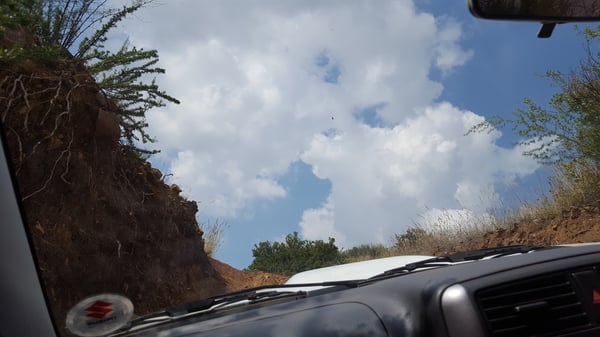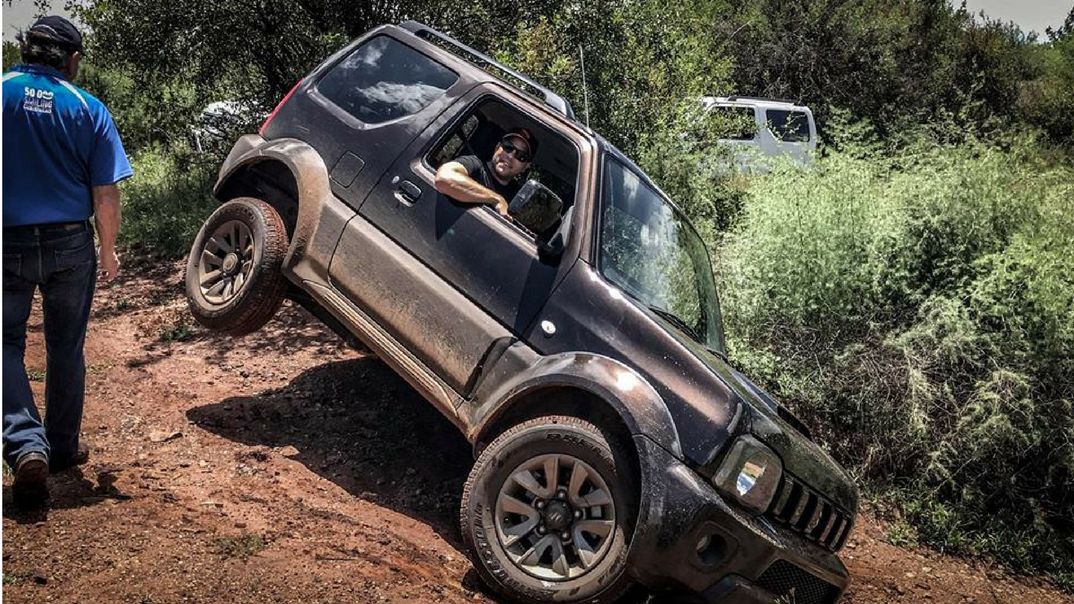Modern 4x4-ing is rife with debate. In this series, our expert tackles the best way to reverse stall start.
Suzuki’s 4x4 expert, Alan Pepper, has spent 22 years tackling challenging roads with a variety of 4x4s. He bought his first off-road vehicle in 1975, and has been training thousands of people at Bass Lake for decades. Here are his thoughts on how people should be driving their 4x4. This is the start of our series on modern 4x4 driving. Have anything to add? Let us know on Facebook or Twitter.
As I said in the first post in this series, training courses have been around for the last four decades and the strange thing is that they have not changed very much! The course content is almost verbatim out of a manual published in the seventies that people are still using a good four decades later. However, vehicles have changed dramatically and can handle different situations in many different ways to what they did back then. Smaller engines, automatic gearboxes and a host of electronic aids allow the inexperienced driver to perform amazing feats off-road... yet the courses continue to serve up this information that is just blatantly wrong. The reason that it survives is that it is ‘very macho’. It’s also important to remember that the technology developed works REACTIVELY, not PROACTIVELY, and a good 4x4 driver is always proactively exploring the dangers of the road ahead and strategising how best to deal with them.

Today I’m going to explore the correct way to reverse stall start.
What is the reverse stall start?
As Cederberg 4x4 explains, “People regularly enquire as to the exact manner in which this process should be carried out. This method of gaining momentum is used when you have stalled your 4x4 on a steep uphill, but can also be used in a downhill situation. It shall be explained from a situation where the vehicle has stalled (for whatever reason) and is stationary with the driver's foot placed firmly on the brake pedal and the left foot OFF the clutch.”
How to reverse stall start
Now with the reverse, the “old system” was to stall the vehicle on a steep incline. Right foot on brake, left foot on clutch. Put vehicle in reverse gear, release clutch. Release brake and then have a moment of primal fear (as the manuals say, “yes, it is gut wrenching”). Keep both feet on the floor. Now reach forward and turn the key to start the motor. With a lurch the vehicle starts its roller coaster ride backwards down the hill. Hopefully you can reverse accurately.
When we have to do a reverse down a steep hill, even in the most modern vehicles, the front brakes that are highest up the slope, will slide sideways as they will lockup, as they are more powerful than the rear or lower brakes. To prevent this from happening all you have to do is pull up the handbrake to a point where it allows the vehicle to move very slowly backwards when the foot brake is released.
This preloads the back brakes so that if the brakes are applied hard, the back or lower brakes will lock first, guaranteeing that the vehicle will stop in a straight line. For inexperienced drivers it is much easier to be in neutral. Using the brakes is instinctive and will keep them safe.
Remember when you come downhill in forward or reverse, momentum is not your friend. It is advisable to bring the vehicle to a dead stop every two meters or so, so that momentum cannot build up.
Never miss a post! Subscribe to our blog and get all of our latest safety advice straight to your inbox.
Extend the lifespan of your car! Click here and get our Ebook on the best ways to extend your cars lifespan.



![5 things you should never do in an automatic [video]](https://blog.suzukiauto.co.za/hubfs/.Baleno_2022_In_Use/Baleno%20Launch%202022%20May-June/Lifestyle/Lifestyle%20Blogheaders/Baleno_May%202022_blog%20header_lifestyle_07.jpg)
